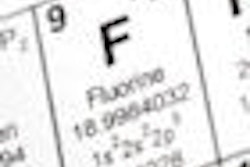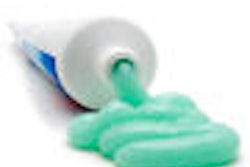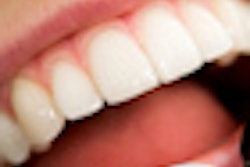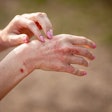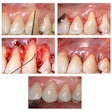Parents should use toothpastes that contain fluoride with a minimum concentration of 1,000 parts per million (ppm) to prevent tooth decay in their children, according to a study conducted by the Cochrane Oral Health Group (Cochrane Database of Systematic Reviews, January 2010, Issue 1, Art. CD007868).
The study, which involved 79 trials on 73,000 children worldwide, examined the effect of different children's toothpastes and found that those with fluoride concentrations less than 1,000 ppm were only as effective as non-fluoride toothpastes at preventing tooth decay. Children's toothpastes range from 100 ppm to 1,400 ppm fluoride concentration, the researchers noted.
However, the report also suggests that brushing a child's teeth with a toothpaste containing fluoride before the age of 12 months may be associated with an increased risk of developing mild fluorosis.
Swallowing large amounts of toothpaste may still cause fluorosis in children up to the age of six years when the permanent teeth are still developing, but using a small amount, carefully, will reduce these risks, the researchers noted. After the age of six years, the teeth are fully developed and toothpaste can be used without fear of fluorosis.
"It is very confusing for parents to know how to strike the right balance, which isn't helped by the fact that different companies use different concentrations of fluoride in their toothpastes aimed at children," said Anne-Marie Glenny, a lecturer in evidence-based oral healthcare at the University of Manchester School of Dentistry and co-author on the study. "From a public health point of view, the risk of tooth decay and its consequences such as pain and extractions is greater than the small risk of fluorosis. Children would have to swallow a lot of toothpaste over a long period of time to get the severe brown mottling on the teeth, as opposed to the more typical mild white patches."




